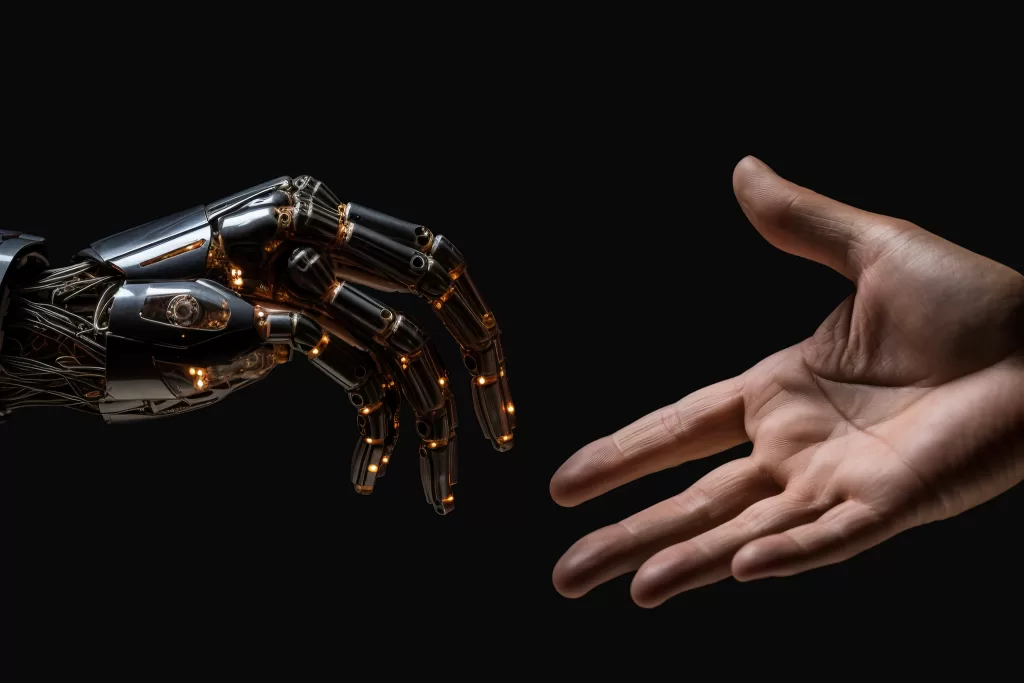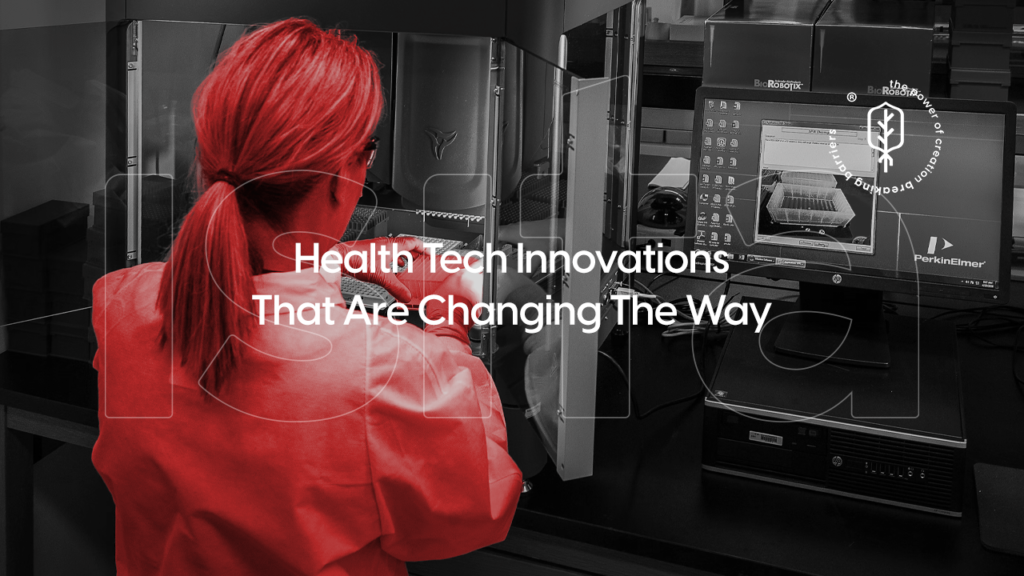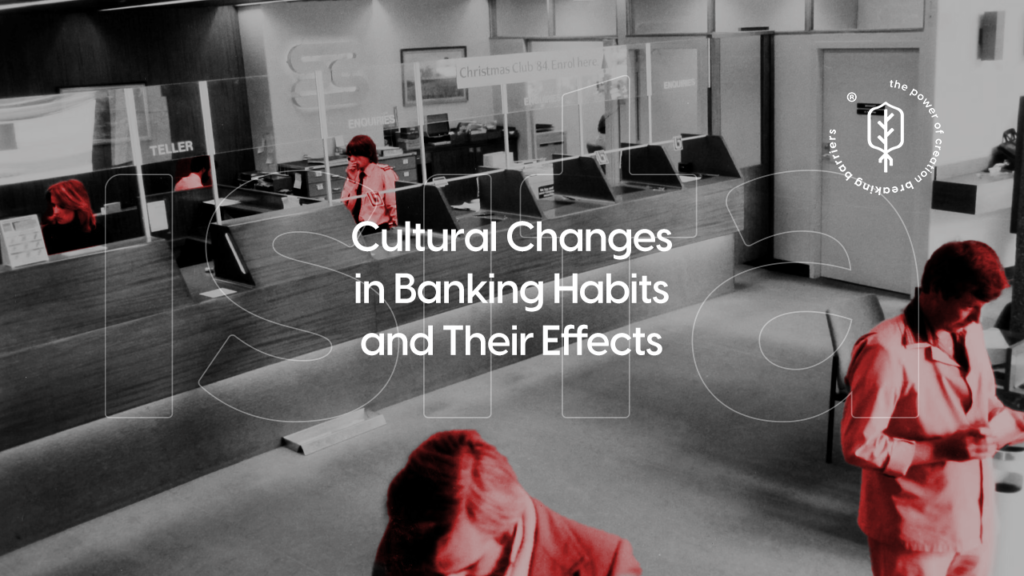The technological revolution we are experiencing is transforming every aspect of society, and the job market is no exception. In this context, the selection and management of tech talent have become crucial for companies seeking to remain competitive. The integration of artificial intelligence (AI) into these processes has led to significant changes, reducing hiring times, increasing accuracy, and optimizing decision-making in human resources departments.
Automation and Efficiency: A 70% Reduction in Hiring Time
One of the main benefits of AI in recruitment is process automation. According to a McKinsey study, companies that have implemented AI-based tools have reduced hiring times by up to 70%. This is particularly relevant in the tech industry, where the talent shortage and high demand require agile and efficient hiring processes.
Intelligent recruitment platforms use algorithms to analyze large volumes of résumés in seconds, filtering candidates based on technical and behavioral job requirements. This not only accelerates hiring but also reduces human bias in the initial selection phase.
Key Tools in the Mexico-U.S. Tech Market: HackerRank and HireVue
In the cross-border job market between Mexico and the U.S., adopting platforms like HackerRank and HireVue has streamlined remote technical and behavioral assessments.
- HackerRank evaluates candidates’ programming skills through online coding tests.
- HireVue uses AI and video analysis to assess social and emotional competencies during virtual interviews.
These solutions are particularly valuable in the tech industry, where remote work and collaboration with multicultural teams are essential. Additionally, U.S. Secretary of State Antony Blinken has emphasized that cross-border digital collaboration will be a key factor for economic development and regional integration between Mexico and the U.S.
AI in Talent Management: Beyond Hiring
AI’s role in human resources extends beyond recruitment, transforming how companies identify, retain, and develop employees.
People Analytics for Workforce Optimization
People Analytics allows HR departments to analyze real-time data on employee performance, engagement, and well-being.
Platforms like PDA Assessment, widely used in Latin America, generate behavioral profile analyses that help companies understand employees’ strengths, motivations, and areas for improvement. This enables leaders to customize management strategies and design personalized development plans, maximizing individual potential.
Diversity and Inclusion: A Persistent Challenge
While AI enhances efficiency, it also presents challenges, particularly regarding diversity and inclusion. Algorithms trained on historical data can perpetuate biases related to gender, race, or age if not properly designed.
For example, Amazon had to discontinue an AI-based recruitment project after discovering that its system discriminated against women in tech positions. These cases highlight the need for regular audits to ensure that AI-driven hiring tools promote equal opportunities.
The Growing Importance of Soft Skills in the Digital Age
As automation and AI adoption increase, soft skills have become a key differentiator in talent selection and management.
According to LinkedIn, 92% of recruiters consider behavioral skills to be as important as technical competencies.
How AI Assesses Soft Skills
AI-powered tools like DISC and PDA Assessment evaluate skills such as:
- Leadership
- Effective communication
- Adaptability
- Emotional intelligence
These qualities are critical in the tech industry, where projects require collaborative problem-solving and the ability to adapt quickly to changing challenges.
Talent Retention: AI’s Strategic Role
Employee turnover is one of the biggest challenges for tech companies. The competition for top talent is intense, and professionals often leave due to limited growth opportunities or an unsupportive work environment.
AI plays a key role in predicting attrition trends by identifying patterns of dissatisfaction and potential retention risks.
How AI Helps Retain Talent
- Continuous employee evaluation systems
- AI-driven organizational climate surveys
- Predictive analytics to prevent employee churn
With real-time workforce insights, companies can proactively implement retention strategies before valuable employees decide to leave.
AI-Driven Competency-Based Performance Evaluations
Performance evaluations have evolved with technology. Traditional annual reviews have been replaced by dynamic platforms that allow for real-time performance tracking.
Key Features of AI-Powered Performance Management
- 360-degree feedback from colleagues, supervisors, and self-assessments
- Competency-based tracking aligned with organizational goals
- Data-driven insights to design personalized training programs
By combining data analysis with behavioral insights, companies can accurately identify employees’ strengths and development areas, aligning individual career paths with business objectives.
Continuous Learning and Upskilling with AI
In the fast-evolving tech industry, continuous learning is essential. AI-powered corporate training platforms offer adaptive learning experiences, tailoring content to each employee’s skill level and learning pace.
Additionally, AI-driven skills gap analysis helps companies anticipate future workforce needs, designing upskilling and reskilling strategies that prepare employees for the challenges of digital transformation.
The Future: A Partnership Between Humans and AI
Rather than replacing human recruiters, AI serves as a strategic ally, empowering HR leaders to make better, more human-centered decisions.
The combination of AI-driven data analysis with human judgment leads to more effective, inclusive, and development-focused talent management.
Artificial intelligence is reshaping talent selection and management in the tech industry, providing companies with innovative tools to navigate the evolving job market. However, the success of this transformation will depend on organizations’ ability to balance technology with human-centered leadership, ensuring equitable, diverse, and growth-driven talent development.



